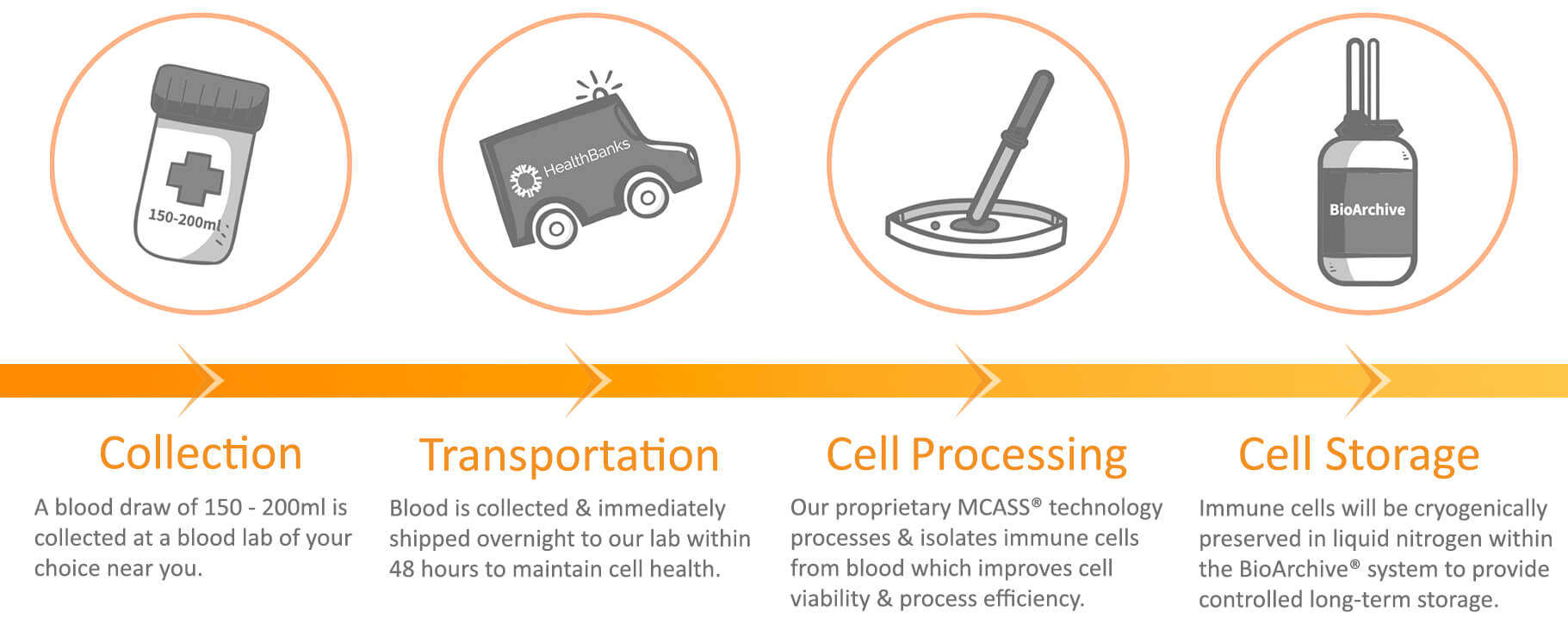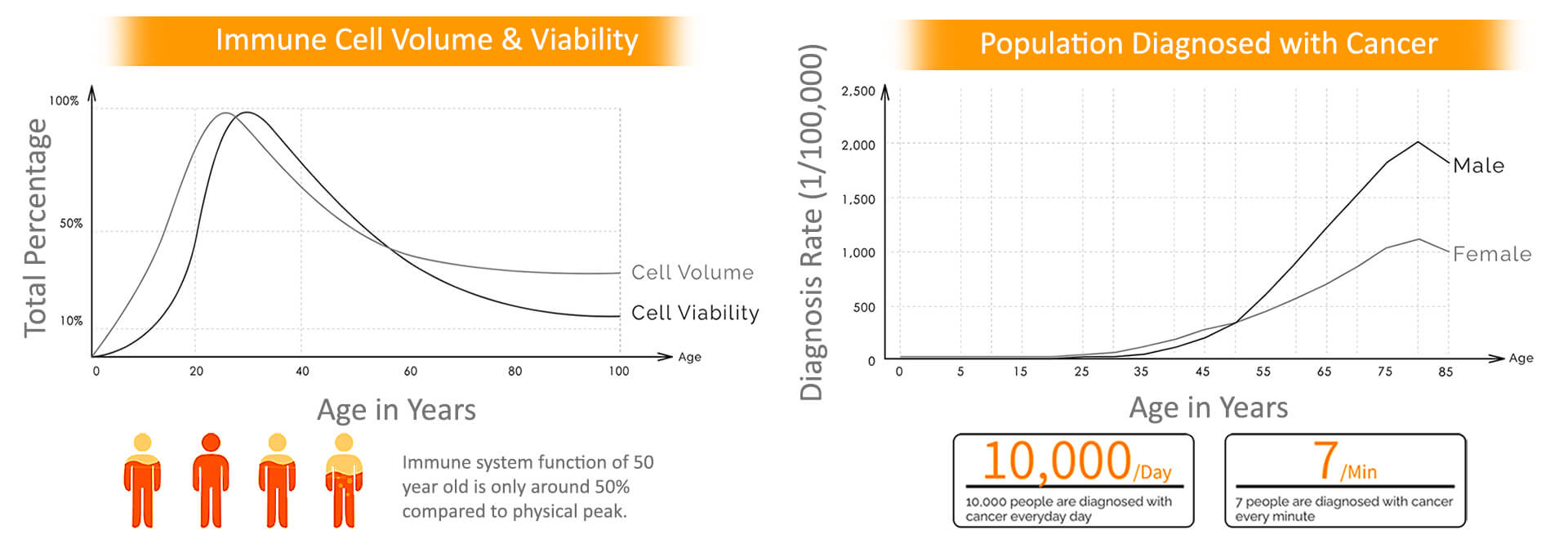
The process of immune cell banking involves isolating various types of white blood cells to be stored for future use. The cells must be taken while a person is healthy so that they can be used to help fight off infections and diseases. The healthy cells will be used to counteract the infected cells.
The process of immune cell banking is fairly simple. While a person is in good health, a sample of blood is collected and sent to the lab. There, the cells are then processed and preserved cryogenically until they may be needed for immunotherapy. It is critical to understand that the benefits from this immune cell banking will only be realized if the samples are taken while a person is in optimal health.
Stem Cell Research Has Proved The Way
Immune cell banking takes its lead from the success of cord blood stem cell banking and its uses. This type of therapy has shown enormous success in treating a wide variety of conditions. Banking the cord blood of their newborn provides parents with the peace of mind that they will have a stem cell match on hand to fight a possible cancer diagnosis down the road. Stem cells are commonly used in transplants and to fight off pediatric cancers, and the range of their use is constantly evolving.
An amazing story that shows the success of immune cell therapy is Emily Whitehead, the world’s first pediatric patient who received a special type of therapy to treat her cancer. As a 5-year-old, Emily was diagnosed with Acute Lymphoblastic Leukemia at Penn State Health in Pennsylvania. A few months after her diagnosis, her condition worsened so much that she was no longer eligible to receive a transplant.
It was around that time that the FDA had approved a Phase 1 clinical trial for CAR T-Cell Therapy in children. Faced with the peculiar situation, her family decided to enroll in the clinical trial. 23 days after treatment, a bone marrow test showed that all of the cancer was gone! 10 years later, Emily remains cancer-free which is amazing news for everyone & especially so for those who decide to preserve their baby’s cord blood & tissue. Read about her story on People.com by clicking here.
Much like immune cell banking is having now, cord blood banking had a tentative start with limited uses. The potential of cord banking has grown significantly. Since 2017, through their Expanded Access Program (EAP), Duke University has provided investigative therapies of brain disorders in children with banked cord blood, and the demand for such treatment has skyrocketed. Cerebral Palsy and Autism have shown favorable results when treated with cord blood that had been banked at birth. This is made even more exciting now that the allowed donors are being expanded to include siblings. The implications of this are far-reaching because Cerebral Palsy and Autism are both commonplace: 1 in 345 people have Cerebral Palsy and 1 in 45 children fall somewhere on the Autism Spectrum.
To keep up with demand and to allow increased access to this time-sensitive treatment of children during their developmental years, the FDA has approved Duke to license their EAP protocols, enabling more children to receive treatment. By January 2022, an infusion clinic is expected to open, following the EAP protocols, providing cord blood treatments for pediatric brain disorders. This opens the door for immune cell banking.
Although the idea of immune cell banking is quite new, it is already showing enormous potential at treating various diseases and conditions in a similar method as cord blood treatment. It has recently been used in over 800 clinical trials to treat over 40 types of cancers. Additionally, it demonstrated potential for the treatment of Alzheimer’s and Diabetes.
When Should You Store Your Immune Cells?
The earlier you can store your immune cells, the better for immune cell banking. Just like everything else, immune cells will deteriorate over time, reducing their strength to fight off infections and diseases. As the cells are frozen cryogenically, they can be stored indefinitely until they are needed. This provides individuals with an opportunity to store cells now, while they are healthy and before any type of disease sets in. As with all medical procedures, individuals should consult with a professional to determine if they are a candidate for immune cell banking.
Taking the time now to make an investment in your health with immune cell banking can prove extremely beneficial later. It can be thought of as an additional form of medical insurance that you will hopefully never have to use. However, if a situation does present itself where immune cell banking could potentially help, the value of being prepared will be priceless. Visit our website for more details.
Reviewed by Paul V. Holland, MD




